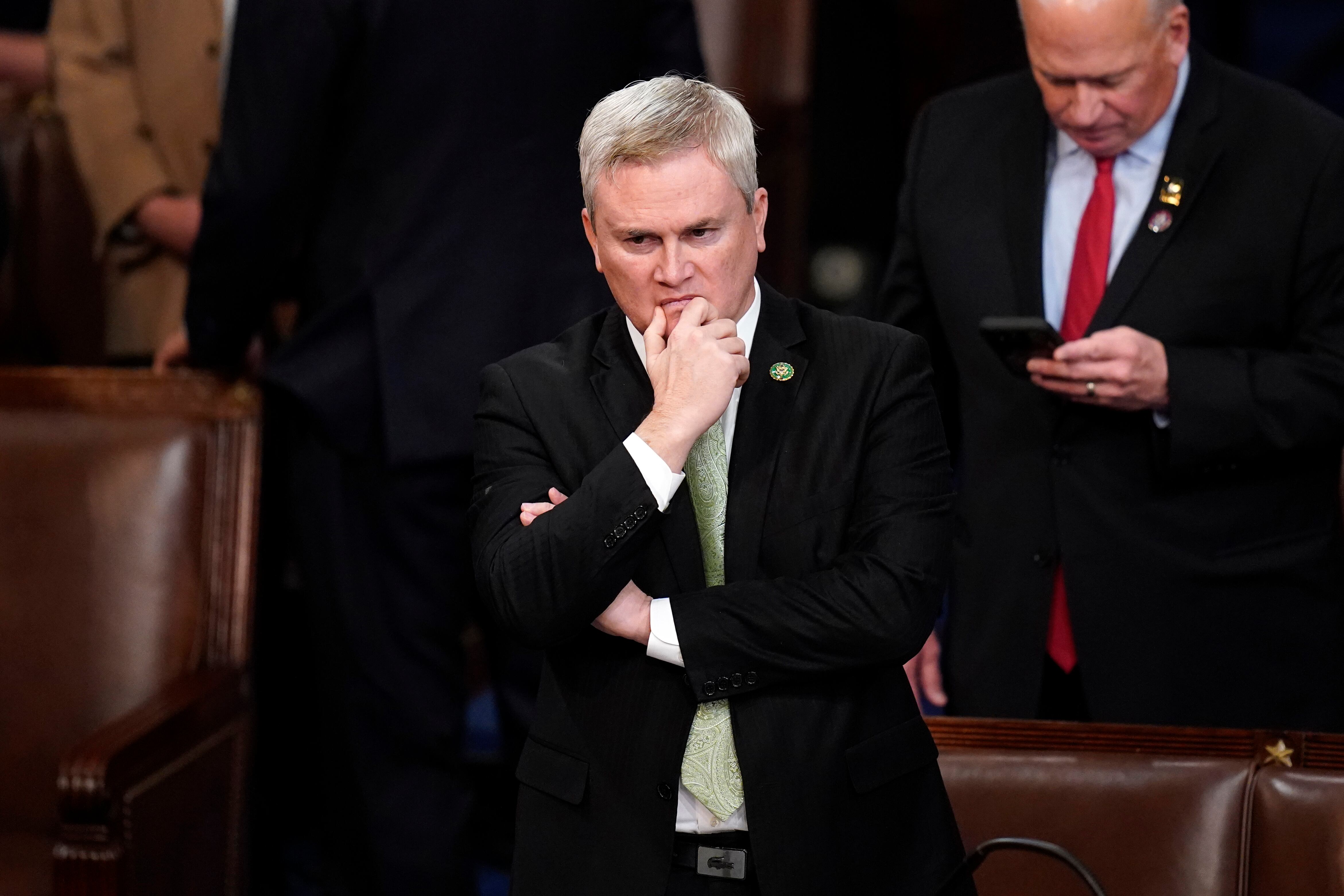Rep. Nancy Mace has a get-tough approach to cutting federal spending as the government nears a default on debt: fire government workers who won’t come to the office.
Cutting federal employees who are teleworking or working remotely is “a great place to start” saving money, the South Carolina Republican who sits on the House Committee on Oversight and Accountability told CBS News correspondent Major Garrett in a recent interview.
“We have 52% of the federal workforce that aren’t showing up to work,” Mace said. “Go down to the DOT — the Department of Transportation. See how empty that building is. If you’re unwilling to show up to work, maybe you ought to get fired. Let’s start there with the people who are not showing up to work and let’s start cutting.”
That statistic comes from the Office of Personnel Management’s 2021 report to Congress on telework, which found “52% teleworked three or more days per two-week pay period” as of September of that year.
Federal employees say teleworking and being unproductive are false equivalencies, and many of them cited being more productive without in-office distractions or lengthy commutes that cut into the workday, according to a union survey and a report by the Pentagon inspector general.
When asked to elaborate on her comment about employees showing up for work, a spokeswoman for Mace clarified that the congresswoman meant they “aren’t showing up in the office.”
At the Department of Transportation, which Rep. Mace singled out for criticism, about 70% of jobs were considered telework eligible as of September 2022. DOT has been bringing certain employees back to the workplace in phases over the past two years. Overall, government is at mixed stages of reentry, with the Department of Veterans Affairs announcing last week that it will be limiting its remote-work flexibility come fall.
RELATED

Though some lawmakers have expressed concerns about how much telework is costing taxpayers, mainly from an alleged decline in productivity, those in support of remote work say it has the potential to actually save government hundreds of millions in combined costs related to real estate, travel expenses and energy usage.
With debt ceiling talks prompting spending caps on discretionary spending, which is what funds the federal payroll, Republicans in Congress have pointed to workforce cuts and stricter rules about teleworking as a way to trim the budget. About 16% of overall spending is non-defense discretionary.
RELATED

In the meantime, unions and employees have said they feel insulted by the insinuation that they ever stopped working, when many workers in the Veterans Health Administration, Small Business Administration and in law enforcement positions were on the frontlines during the COVID-19 pandemic.
OPM director Kiran Ahuja said in a congressional hearing in March that at her agency, work backlogs are not caused by telework but rather understaffing and underfunded budgets.
The flip-side is that some employees and managers have acknowledged that certain tasks are done better in-person, such as new employee onboarding or large project management. Many have also said that if agencies had better technology, the balance could be better struck — though updated IT is a priority for agencies regardless of the ability to telework.
Molly Weisner is a staff reporter for Federal Times where she covers labor, policy and contracting pertaining to the government workforce. She made previous stops at USA Today and McClatchy as a digital producer, and worked at The New York Times as a copy editor. Molly majored in journalism at the University of North Carolina at Chapel Hill.





